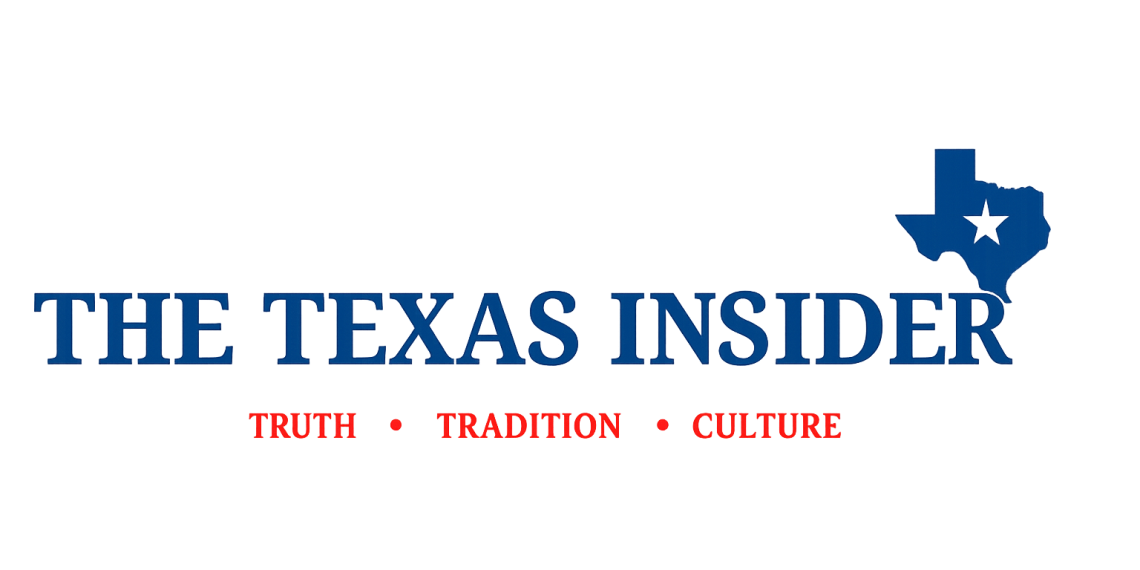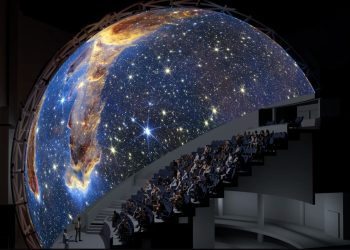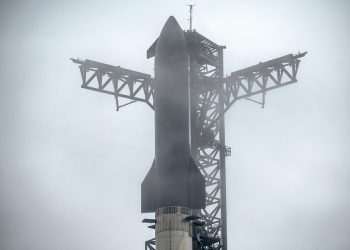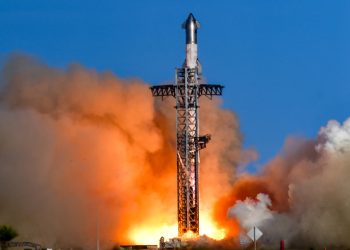It was up, up, and away for NASA and Boeing, after successfully launching two astronauts into space Wednesday morning from Cape Canaveral, Florida. This was the first piloted test flight for NASA’s Boeing Crew, which lifted off at 10:52 a.m. EDT Wednesday on a ULA (United Launch Alliance) Atlas V rocket from the Cape Canaveral Space Force Station in Florida.
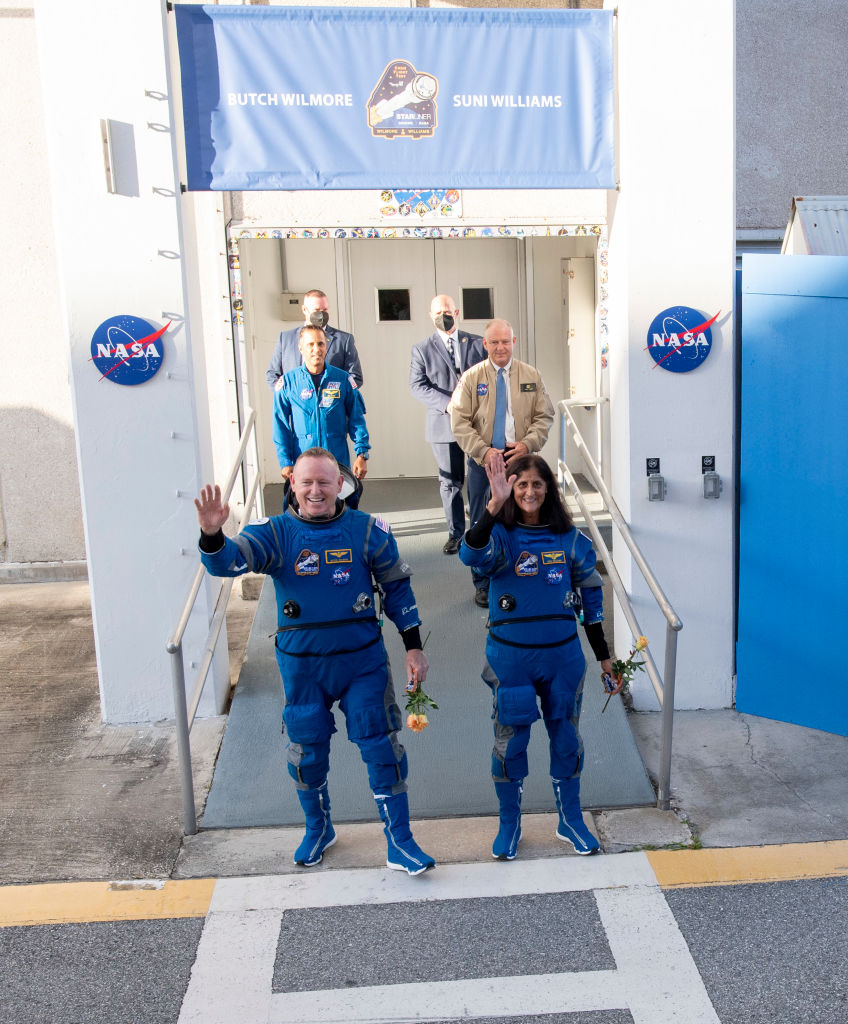
NASA astronauts Butch Wilmore, left, and Suni Williams, wearing Boeing spacesuits, are seen as they prepare to depart the Neil A. Armstrong Operations and Checkout Building for Launch Complex 41 on Cape Canaveral Space Force Station to board the Boeing CST-100 Starliner spacecraft for the Crew Flight Test launch, at NASA’s Kennedy Space Center on June 5, 2024 in Cape Canaveral, Florida.. NASA’s Boeing Crew Flight Test is the first launch with astronauts of the Boeing CFT-100 spacecraft and United Launch Alliance Atlas V rocket to the International Space Station as part of the agency’s Commercial Crew Program. The flight test, targeted for launch at 10:52 a.m. EDT, serves as an end-to-end demonstration of Boeing’s crew transportation system and will carry Wilmore and Williams to and from the orbiting laboratory. (Photo by Joel Kowsky/NASA via Getty Images)
Within 24 hours, astronauts Barry “Butch” Wilmore and Suni Williams once again made history when the Starliner arrived at its final destination. At 3:46 p.m. EST on Thursday, both astronauts entered the International Space Station (ISS) smiling and cheering. The astronauts then safely exited the Boeing Co.’s space taxi after docking with the International Space Station, an orbiting research outpost some 250 miles above Earth.
The only hiccup during the journey was a slight delay encountered during the docking process when five thrusters failed, but Boeing and NASA’s team quickly got four out of the five back online.
The crew breathed a sigh of relief once the Boeing’s CST-Starliner docked at the space station, Wilmore said it was “nice to be attached to the big city in the sky.”
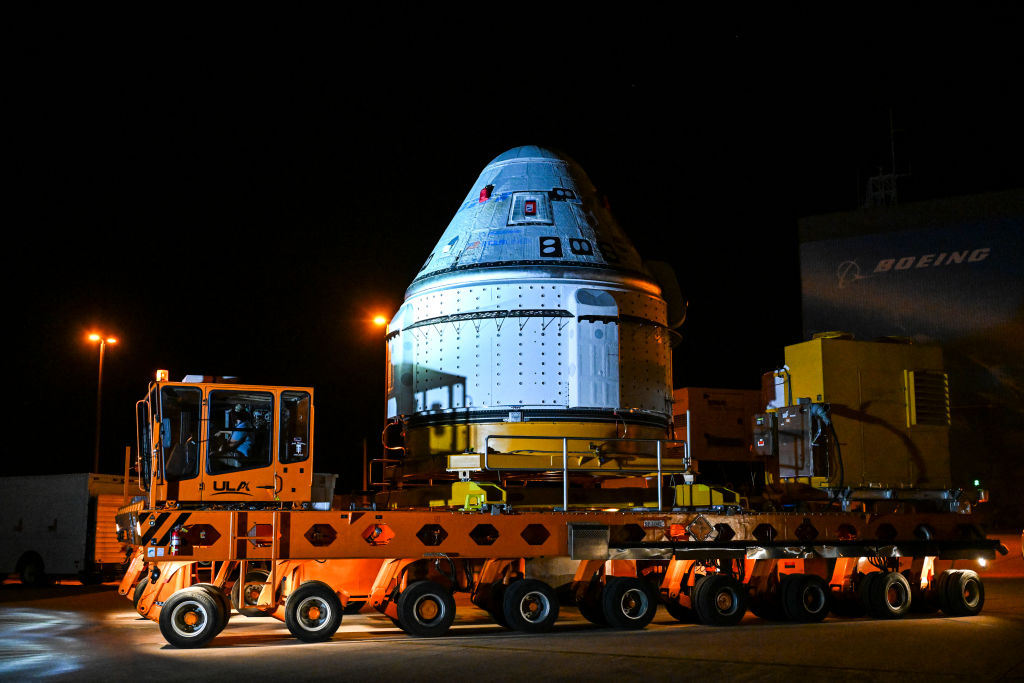
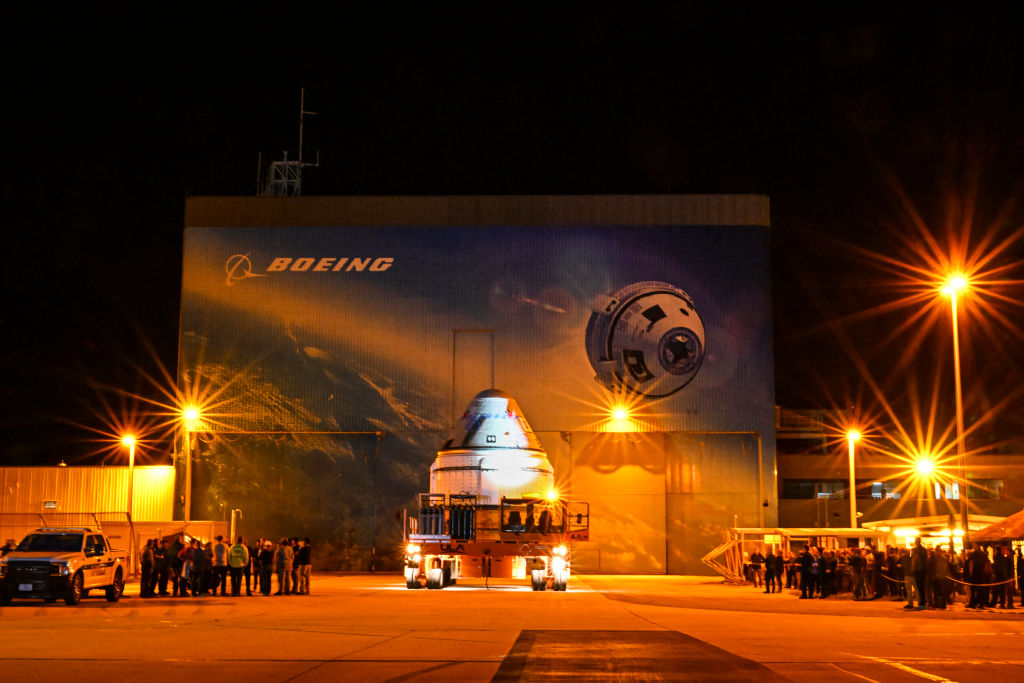
Several Delays and Setbacks Along the Way
Starliner has suffered numerous delays and setbacks that pushed this test run back by seven years. For Boeing, the recent mission was a significant milestone as it carried astronauts to space for the first time on an Atlas V rocket.
While aboard the International Space Station astronauts will continue putting the Starliner capsule through its paces. For the next five days, the spacecraft will remain docked to the orbiting outpost as part of a test flight. The vehicle was carried to space on the Atlas rocket. NASA’s Chief Flight Director Emily Nelson says part of this mission includes finding ways to make improvements to Starliner for the capsule’s next flight.
This marks the third test flight attempt so far, with a failed launch by Boeing’s Starliner spacecraft on Saturday less than four minutes before blastoff. The first launch attempt was slated for May 6, but NASA, Boeing, and ULA aborted the launch “due to a suspect oxygen relief valve on the Atlas V rocket’s Centaur second stage,” stated advisory coverage.
Williams and Wilmore join seven other people currently on board the space station. The crew will remain on the station for about a week and perform and practice procedures that will help assure the success of future astronauts planned for long-term stays aboard the ISS.
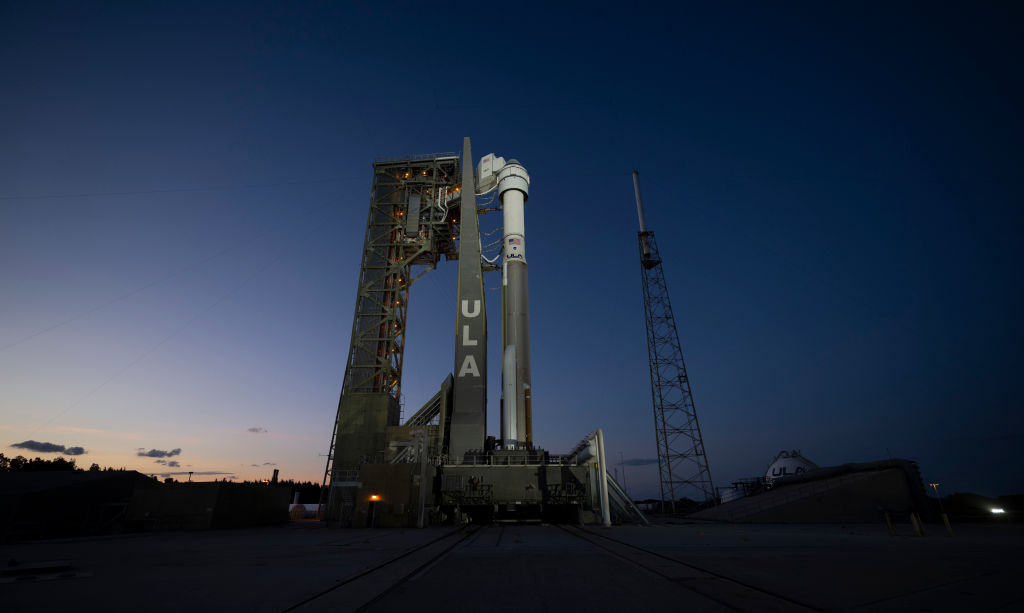
Starliner’s Launch and Landing Represents Decades of Work
According to a NASA press release, the flight test is a crucial step in NASA’s Commercial Crew Program. This mission validates the transportation system, launch pad, rocket, spacecraft, in-orbit operations capabilities, and the Starliners’ ability to return astronauts to Earth. Starliner flew two uncrewed orbital flights, including a test to and from the space station, before its first manned flight.
“With Starliner’s launch, separation from the rocket, and arrival on orbit, Boeing’s Crew Flight Test is right on track,” said Mark Nappi, vice president and program manager of Boeing’s Commercial Crew Program. “Everyone is focused on giving Suni and Butch a safe, comfortable ride and performing a successful test mission from start to finish.”
During Starliner’s flight, Boeing will monitor a series of automatic spacecraft maneuvers from its mission control center in Houston. NASA teams will monitor space station operations throughout the flight from the Mission Control Center at the agency’s Johnson Space Center in Houston.
“Flying crew on Starliner represents over a decade of work by the Commercial Crew Program and our partners at Boeing and ULA,” said Steve Stich, manager, Commercial Crew Program, at NASA’s Johnson Space Center in Houston. “For many of us, this is a career-defining moment bringing on a new crew transportation capability for our agency and our nation. We are going to take it one step at a time, putting Starliner through its paces, and remaining vigilant until Butch and Suni safely touch down back on Earth at the conclusion of this test flight.”
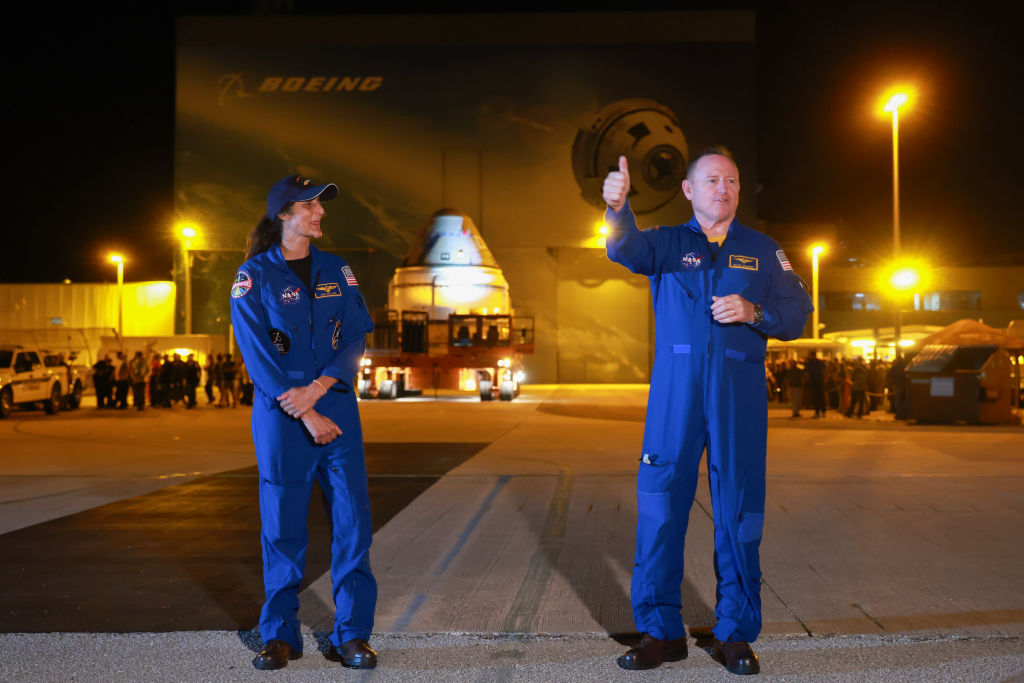
If the mission is successful, NASA will certify Starliner-1 for routine, crew rotation missions to the space station starting in 2025. Starliner’s crew capsule is designed to be reusable over 10 missions.
The space station is the perfect scenario to allow researchers to investigate the effects of long-duration spaceflight. Astronauts and private companies from around the world are utilizing the facility as NASA prepares for future missions to the moon, Mars, and beyond.
Coverage of the post-docking news conference will air live on NASA+, NASA Television, the NASA app, YouTube, and the agency’s website. Schedule upcoming events include:
Saturday, June 8
8:50 a.m. – NASA astronauts Wilmore and Williams will provide a tour of Starliner.
Monday, June 10
11 a.m. – Williams will speak to students from Sunita L. Williams Elementary School in Needham, Massachusetts, in an event aboard the space station.
Tuesday, June 11
3:15 p.m. – Wilmore will speak to students from Tennessee Tech University in an event aboard the space station.
